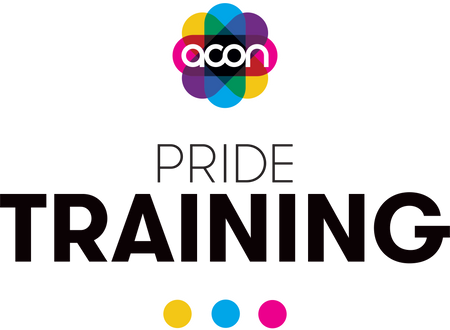Why Pronouns Matter
What are Pronouns?
Pronouns are words we use instead of names or nouns—like saying “it” instead of “water bottle.” When talking about people, we use pronouns alongside names to refer to ourselves and others. Everyone uses pronouns—not just LGBTQ+ people.
In English, the most common personal pronouns are she/her and he/him. While these pronouns have traditionally been associated with feminine or masculine identities, it’s important to recognise that pronouns do not equal gender. People may use pronouns that reflect their gender identity—or that simply feel right for them. In other languages, pronouns may not be gendered at all, or they may reflect culturally specific understandings of gender.
Gender-neutral pronouns like they/them have been used for centuries and are grammatically correct. They’re also a respectful way to refer to someone until you know their pronouns—Merriam-Webster recognises “they” as a singular pronoun and even named it their word of the year.
Some people use multiple or ‘rolling’ pronouns (e.g. she/they, he/they) and are comfortable being referred to with any of those sets.
 Different sets of pronouns shown in our Pronoun Badges
Different sets of pronouns shown in our Pronoun Badges
Using the correct pronouns is one of the simplest and most powerful ways to show respect, build trust, and affirm someone’s identity. Getting it wrong—even unintentionally—can be harmful. If you slip up, don’t panic: just apologise, correct yourself, and move on. What matters most is your effort to get it right.
Common Challenges
Many people want to do the right thing but feel unsure about how to ask for pronouns, what to do if they make a mistake, or how to use gender-neutral language confidently. Others may worry about saying the wrong thing or unintentionally causing offence. These are common concerns—and they’re exactly what inclusive training is designed to address.
Ready to Learn More?
ACON Pride Training offers practical, engaging education to help individuals and organisations move from awareness to confident, inclusive practice.
Our training addresses common challenges and builds real-world skills, including:
- How pronouns relate to gender identity
- What to do if pronouns change—or if you make a mistake
- How to ask about pronouns respectfully
- Using gender-neutral and neopronouns with ease
- Avoiding gendered assumptions in everyday language
- Responding well when corrected
- Creating inclusive language systems in the workplace
Access our education and training below!
We also offer pronoun badges, posters, and tailored training solutions to support inclusive environments.
View our Pronouns Posters:









